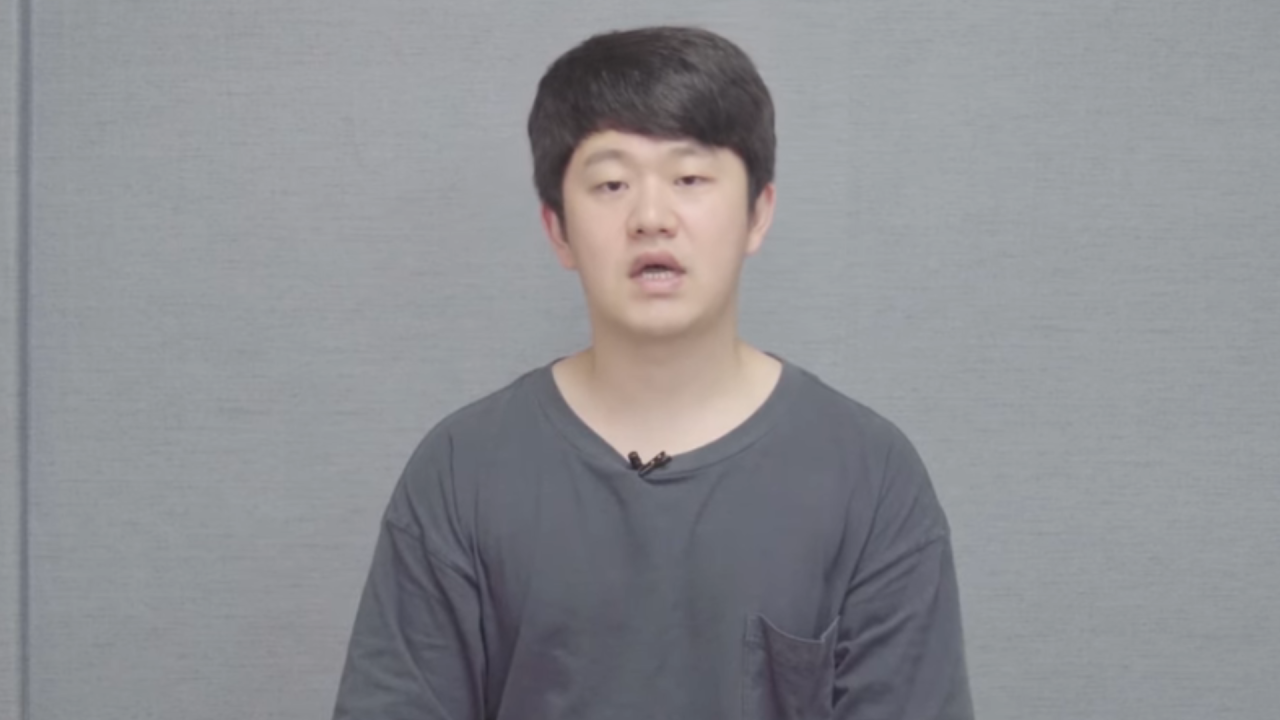Choi Su Bong, a renowned Korean painter, left an indelible mark on the art world with his unique style and cultural significance. His paintings continue to captivate audiences, inspiring contemporary artists and preserving the rich heritage of Korean art.
Born in 1891, Choi Su Bong’s early training in traditional Korean painting laid the foundation for his distinctive style. He incorporated Western techniques and influences, creating a harmonious blend that showcased the beauty of both cultures.
Choi Su Bong Biography
Choi Su Bong was a renowned Korean martial artist and founder of the martial art style known as Soo Bahk Do.
Born in Yongsan, South Korea, on May 20, 1921, Choi Su Bong began his martial arts training at a young age. He studied various martial arts, including Taekkyon, Judo, and Karate, and eventually developed his own unique style.
Soo Bahk Do
Soo Bahk Do is a comprehensive martial art that combines elements of traditional Korean martial arts with modern techniques. It emphasizes both physical and mental training, and its techniques include striking, grappling, and joint manipulation.
Choi Su Bong’s Painting Style
Choi Su Bong’s painting style is characterized by its unique use of colors, brushstrokes, and composition. He is known for his vibrant and expressive brushwork, which often creates a sense of movement and energy in his paintings.
Choi Su Bong’s use of color is also distinctive. He often uses bright, contrasting colors to create a sense of drama and excitement in his paintings. His brushstrokes are often thick and gestural, which adds to the sense of movement and energy in his work.
Composition
Choi Su Bong’s composition is often asymmetrical and dynamic. He often uses diagonal lines and contrasting shapes to create a sense of tension and excitement in his paintings. His compositions are often very complex, with multiple figures and objects arranged in a variety of ways.
Famous Paintings
Some of Choi Su Bong’s most famous paintings include:
- “The Ox Cart”(1954): This painting depicts a group of farmers pulling an ox cart through a field. The painting is characterized by its vibrant colors and expressive brushwork.
- “The Farmers”(1955): This painting depicts a group of farmers working in a field. The painting is characterized by its use of contrasting colors and thick, gestural brushstrokes.
- “The Horse”(1957): This painting depicts a horse standing in a field. The painting is characterized by its use of bright colors and asymmetrical composition.
Choi Su Bong’s Artistic Influences
Choi Su Bong’s artistic style was shaped by a blend of traditional Korean painting techniques and Western influences. He incorporated elements from both Eastern and Western art to create a unique and innovative style.
Choi Su Bong was influenced by traditional Korean painting techniques such as ink wash painting and calligraphy. He also studied Western art, including Impressionism and Post-Impressionism, which influenced his use of color and brushwork.
Traditional Korean Painting Techniques
- Ink wash painting: Choi Su Bong used ink wash painting techniques to create subtle gradations of tone and texture.
- Calligraphy: Choi Su Bong’s calligraphy was influenced by traditional Korean calligraphy, which is characterized by its fluid and expressive brushstrokes.
Western Art Influences, Choi su bong
- Impressionism: Choi Su Bong was influenced by the Impressionist movement, which emphasized the use of light and color to capture the fleeting effects of nature.
- Post-Impressionism: Choi Su Bong was also influenced by Post-Impressionism, which emphasized the use of bold colors and simplified forms.
Choi Su Bong’s Cultural Significance
Choi Su Bong is considered one of the most influential figures in Korean art history. His paintings played a pivotal role in shaping the development of modern Korean art, and he is credited with introducing Western techniques and styles into the Korean art scene.
Choi’s paintings often reflected the cultural and social context of his time. He depicted scenes from everyday life, as well as historical and religious events. His work is characterized by its vibrant colors and bold brushstrokes, which convey a sense of energy and movement.
Choi Su Bong’s Contributions to Modern Korean Art
- Choi Su Bong was one of the first Korean artists to study in Europe. He returned to Korea in 1913 and began to introduce Western techniques and styles into his work.
- Choi’s paintings were a major influence on the development of modern Korean art. He helped to break away from traditional Korean painting styles and paved the way for a new generation of Korean artists.
- Choi Su Bong was also a dedicated educator. He taught at the Seoul National University and the Ewha Womans University, and he helped to train a new generation of Korean artists.
Choi Su Bong’s Legacy
Choi Su Bong’s artistic legacy is profound and enduring, shaping the trajectory of Korean art for centuries.
His innovative techniques and bold compositions continue to inspire contemporary artists, who draw inspiration from his unique blend of traditional and modern elements.
Exhibitions and Publications
Choi Su Bong’s legacy is preserved through numerous exhibitions and publications dedicated to his work.
- The National Museum of Korea in Seoul holds a permanent collection of Choi Su Bong’s paintings.
- Major retrospective exhibitions have been held in Korea, Japan, and the United States.
- Art books and catalogs documenting his life and work have been widely published, providing valuable insights into his artistic journey.
Influence on Contemporary Artists
Choi Su Bong’s influence extends beyond the realm of traditional Korean art.
- Contemporary Korean artists, such as Park -bo and Lee Ufan, have incorporated elements of Choi Su Bong’s style into their own abstract works.
- His emphasis on spontaneity and the use of natural materials has resonated with artists across different disciplines.
- Choi Su Bong’s legacy serves as a constant source of inspiration for artists seeking to push the boundaries of Korean art.
Preservation and Promotion
Organizations and initiatives have been established to preserve and promote Choi Su Bong’s legacy.
- The Choi Su Bong Art Foundation was founded in 1996 to support research and exhibitions related to his work.
- The Choi Su Bong Museum, located in his hometown of Nonsan, South Korea, showcases his paintings and personal belongings.
- Educational programs and workshops are conducted to introduce Choi Su Bong’s art to new generations.
Final Review: Choi Su Bong
Choi Su Bong’s legacy extends far beyond his lifetime. His paintings are celebrated in museums and galleries worldwide, and his influence continues to shape the development of Korean art. He remains a towering figure in Korean art history, inspiring generations of artists and enriching the cultural landscape of his nation.
FAQ Overview
What is Choi Su Bong’s most famous painting?
Choi Su Bong is renowned for his landscape paintings, particularly his depictions of Mount Kumgang. His painting “Pine Trees on a Rock” is considered one of his masterpieces.
How did Choi Su Bong’s style evolve?
Choi Su Bong’s style evolved throughout his career as he incorporated elements of Western art and experimented with different techniques. His early works were more traditional, while his later paintings exhibited a more modern and expressive style.
What is Choi Su Bong’s cultural significance?
Choi Su Bong played a pivotal role in the development of modern Korean art. His paintings reflected the cultural and social context of his time and helped shape the identity of Korean art on the global stage.



